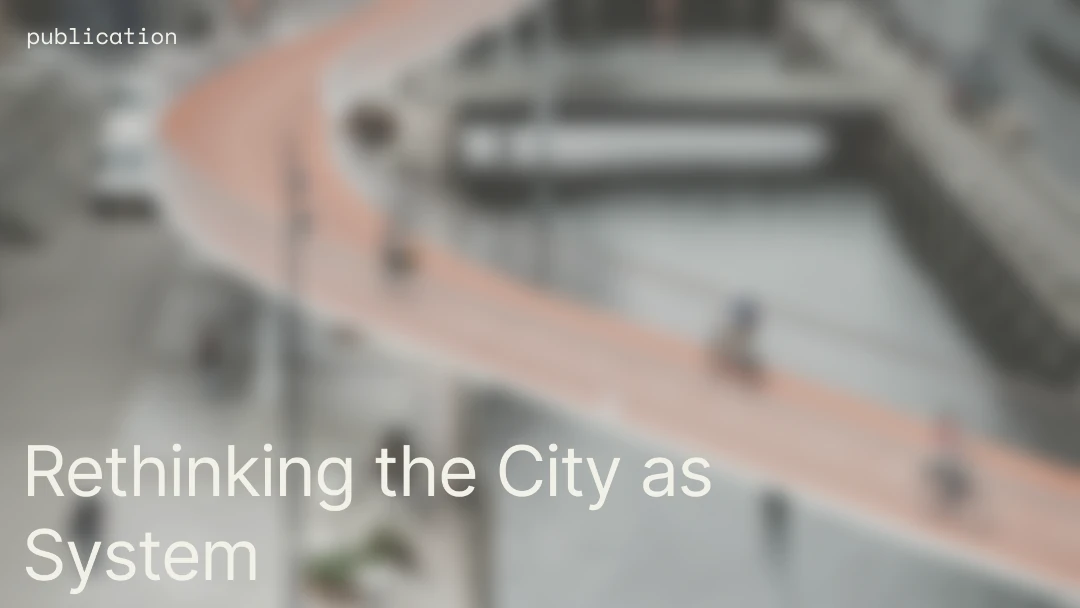
Amadou, a material derived from the tinder fungus (Fomes fomentarius), has been used for centuries due to its unique texture and functional properties. Traditionally employed as a fire starter and for crafting textiles, amadou is now finding new relevance in sustainable design. Finnish designer and researcher Mari Koppanen has played a crucial role in reviving this material, integrating it into modern applications while preserving its rich cultural heritage. Her work explores amadou’s potential as a leather alternative, an absorbent fabric, and even a structural material, offering new perspectives on how natural resources can be harnessed for contemporary design.

One of the most notable developments in amadou’s modern revival is Kääpä+, a research project led by Mari Koppanen. The initiative focuses on repurposing offcuts of amadou into a biodegradable composite material, allowing for the production of durable and aesthetically appealing objects. This project is a key example of how traditional craftsmanship can intersect with modern design to create materials that are both functional and environmentally responsible.
The Trapetsi lamp series, developed under Kääpä+, showcases amadou’s capabilities in lighting design. The material’s warm hues and slight translucency allow for a gentle diffusion of light, emphasizing its organic qualities. These lamps were first exhibited internationally at 3daysofdesign in Copenhagen in June 2024, where they were recognized as a breakthrough in sustainable material applications. Later in 2024, the project was also showcased at Material Matters in London, reinforcing its role in contemporary material innovation.
Beyond lighting, Koppanen’s work extends to furniture and accessories, demonstrating amadou’s versatility. The Fomes seating collection, for instance, combines amadou with wool and wood to create sculptural, tactile seating pieces. These innovations not only celebrate amadou’s historical significance but also push its applications into the future.

Amadou’s revival aligns with the growing interest in mycelium-based materials, which are gaining traction as sustainable alternatives in construction and design. Like amadou, mycelium composites offer biodegradability, renewability, and a minimal environmental footprint, making them an ideal choice for those seeking innovative material solutions.
On revalu, architects, designers, and material specialists can explore mycelium-based panels that share similar properties with amadou, such as lightweight structure, insulation capabilities, and natural aesthetics. These materials provide viable alternatives for applications in acoustic panels, furniture, and interior surfaces, offering a sustainable solution without compromising on performance or design.
With ongoing developments in biomaterials research and increased availability of fungal-based products, revalu continues to support professionals in finding low-impact, high-performance materials that align with modern sustainability goals. The story of amadou serves as a powerful reminder that the materials of the past can play a crucial role in shaping the future of design.




























